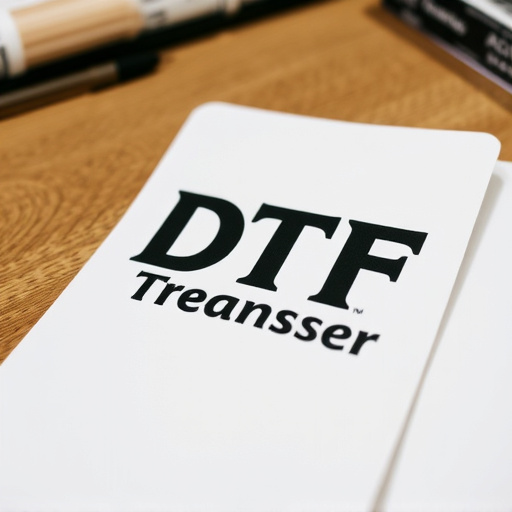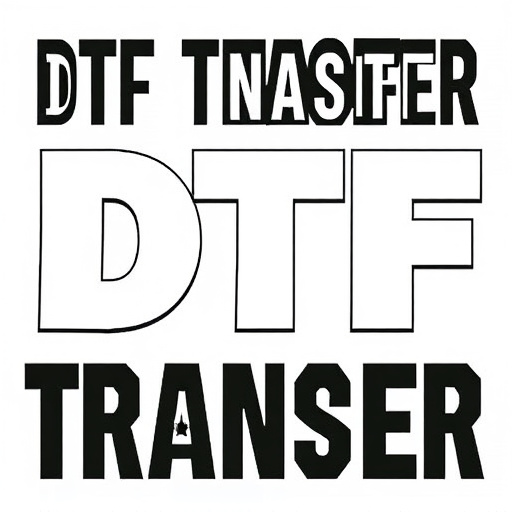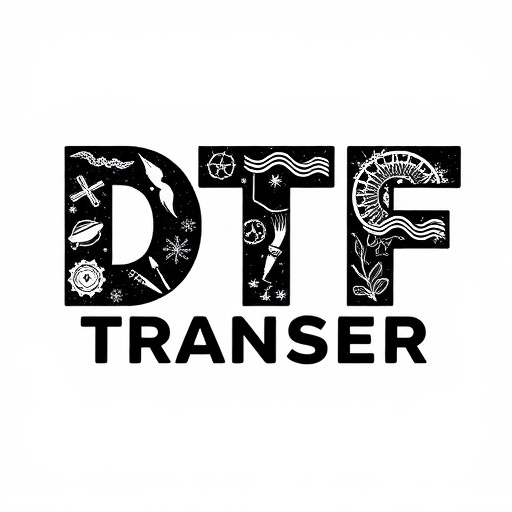Direct-to-Film (DTF) transfers revolutionize image reproduction by directly printing onto film, offering unparalleled precision and quality. Suitable for artists, filmmakers, and enthusiasts, DTF bypasses intermediate steps, ensuring vibrant colors, fine detail capture, and eco-friendly production. Versatile applications include archival prints, experimental films, and custom art projects. Small businesses and hobbyists can leverage DTF transfer services for efficient, cost-effective printing without minimum order quantities. This innovative technology is transforming product customization across industries, with a focus on high quality and sustainability in its future developments.
“Unleash your creativity with direct-to-film (DTF) transfers—a game-changing technology for small businesses and hobbyists. This innovative process eliminates quantity requirements, making it accessible for diverse applications. In this comprehensive guide, we’ll explore DTF’s benefits, behind-the-scenes workings, key service provider selection factors, and its versatile uses from art to industrial projects. Discover the future of DTF with emerging trends and innovations, revolutionizing both professional and personal printing experiences.”
- Understanding Direct-to-Film (DTF) Transfers: A Simple Overview
- Benefits of DTF Transfer Services for Small Businesses and Hobbyists
- How DTF Printing Works: The Process Behind the Magic
- Choosing the Right DTF Service Provider: Key Factors to Consider
- Applications of DTF Prints: From Art to Industrial Use Cases
- Future of DTF Technology: Trends and Innovations to Watch
Understanding Direct-to-Film (DTF) Transfers: A Simple Overview
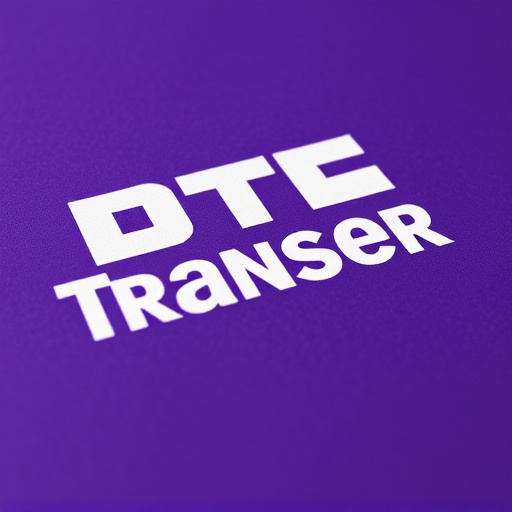
Direct-to-Film (DTF) transfers are a cutting-edge printing technique revolutionizing the way we reproduce images and artwork directly onto film. Unlike traditional methods that rely on intermediate steps, DTF involves printing directly onto the final medium, offering unparalleled precision and quality. This innovative process is particularly advantageous for artists, filmmakers, and enthusiasts looking to create high-fidelity prints without the constraints of minimum quantity requirements.
DTF transfers provide an array of benefits, including vibrant colors, fine detail reproduction, and a wide range of compatible film types. The simplicity of the process allows for faster production times and reduced waste, making it an eco-friendly choice. Whether for creating archival prints, experimental films, or custom art projects, DTF offers a versatile and accessible solution, eliminating the need for complex setups and encouraging creativity in the hands of both professionals and hobbyists alike.
Benefits of DTF Transfer Services for Small Businesses and Hobbyists
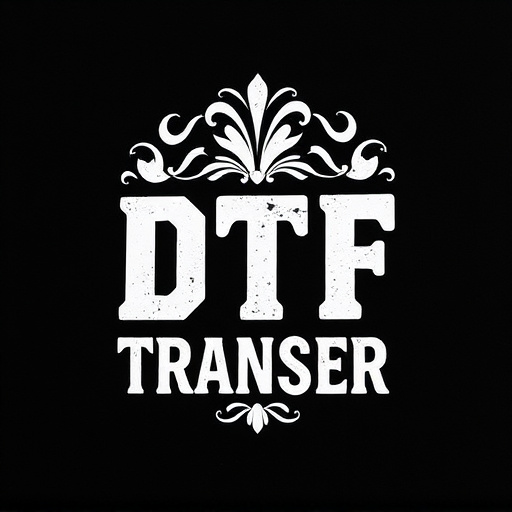
Small businesses and hobbyists now have a game-changer at their disposal with direct-to-film (DTF) transfer services, offering an efficient and cost-effective solution for printing custom designs. This innovative process eliminates the need for minimum order quantities, making it ideal for those with unique or one-off projects. Whether you’re a small business owner creating branded merchandise or a hobbyist looking to print personalized items, DTF allows for on-demand production without the usual constraints.
One of the key advantages is its versatility; DTF Printing can be applied to various materials, from textiles to wood and metal, enabling businesses and individuals to bring their creative visions to life. The process ensures high-quality results, offering vibrant colors and fine detail, making it perfect for intricate designs. Moreover, with no minimum order requirements, it provides flexibility, allowing entrepreneurs and enthusiasts to manage their projects’ scope without the burden of large commitments.
How DTF Printing Works: The Process Behind the Magic

Direct-to-film (DTF) printing is a cutting-edge technology that revolutionizes the way we transfer images and designs onto various surfaces. This innovative process eliminates the need for minimum quantity requirements, making it an attractive option for businesses and individuals seeking high-quality prints without bulk orders.
The DTF Transfer process involves several precise steps. Firstly, the design or image is digitally prepared and optimized for printing. Then, a specialized printhead precisely deposits pigment onto a film, creating a thin, flexible layer. This film acts as a temporary carrier for the design. Once the ink is dried, it undergoes a curing process to enhance its durability. Finally, the film is carefully transferred onto the desired substrate—whether it’s fabric, metal, or plastic—using heat and pressure, ensuring a crisp, permanent impression. DTF Printing offers unparalleled versatility, allowing for custom designs and unique finishes, all while maintaining exceptional quality.
Choosing the Right DTF Service Provider: Key Factors to Consider

When selecting a service provider for direct-to-film (DTF) transfers, several key factors come into play to ensure you get high-quality prints without quantity constraints. One of the most important considerations is the provider’s expertise and experience in DTF printing. Opt for companies that specialize in this technique, as they will have a deep understanding of the process, ensuring precise and consistent results. Check their portfolio to assess the quality of their previous DTF prints; vibrant colors, sharp details, and accurate representations of the original art are hallmarks of an excellent service.
Additionally, consider the technology and equipment used by the provider. Advanced machines and up-to-date software can produce finer details and richer colors, enhancing the overall print quality. Look for providers that invest in modern DTF printing technology, as this will impact the final output. Reputable services should also offer customization options, allowing you to tailor the prints to your specific needs, be it unique sizes, special finishes, or personalized designs.
Applications of DTF Prints: From Art to Industrial Use Cases

Direct-to-film (DTF) transfers have found their way into a diverse range of applications across various industries. From artistic pursuits to industrial solutions, DTF prints offer a unique and versatile method of creating high-quality images on a variety of surfaces. In the art world, artists are leveraging DTF technology to produce limited-edition prints, offering collectors one-of-a-kind pieces with intricate details captured directly onto various mediums like canvas or metal. This process allows for artistic expression that is both affordable and accessible, enabling artists to connect with a broader audience.
On the industrial side, DTF printing has revolutionized product customization. Manufacturers can now apply custom graphics and designs directly onto products such as phone cases, automotive parts, and even medical devices. The versatility of DTF transfers allows for intricate patterns, vibrant colors, and high-resolution images, ensuring that final products stand out in a competitive market. This technology streamlines production processes, reduces waste, and enables businesses to meet the growing demand for personalized goods without the typical minimum order quantity requirements.
Future of DTF Technology: Trends and Innovations to Watch
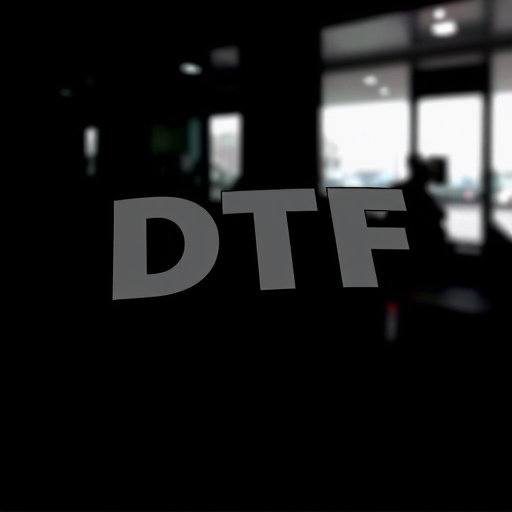
The future of Direct-to-Film (DTF) technology is brimming with exciting trends and innovations set to transform the printing industry. One prominent trend is the continued evolution of DTF transfer quality, aiming for even higher levels of precision and detail. This advancement promises to deliver sharper images, vibrant colors, and exceptional resolution, making DTF prints increasingly indistinguishable from traditional film prints.
Additionally, there’s a growing emphasis on sustainability in DTF technology. Developers are exploring eco-friendly materials and processes to reduce the environmental impact of printing. Innovations in DTF printing may include the adoption of water-based inks, recyclable substrates, and energy-efficient production methods. These trends suggest that DTF technology is not only enhancing its capabilities but also becoming more sustainable, catering to modern consumers’ demands for environmentally conscious products.









